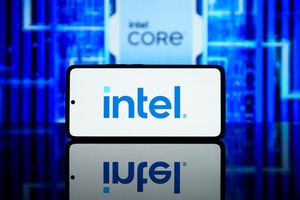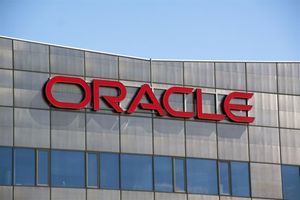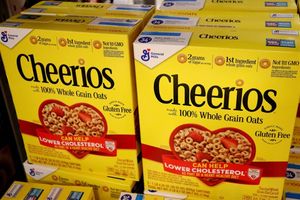The printing industry has witnessed numerous technological advances, but few have been as transformative as Direct-to-Film (DTF) printing. To understand the true value proposition of DTF printer technology, it's essential to compare it comprehensively with traditional printing methods across various performance metrics, cost factors, and practical considerations.
Screen printing has long been the gold standard for high-volume apparel decoration, offering excellent durability and cost-effectiveness for large runs. However, DTF printing challenges this dominance by providing superior versatility and eliminating many of screen printing's limitations. While screen printing requires separate screens for each color and design element, DTF printer systems can reproduce complex, multi-color designs in a single pass.
Setup time represents a significant advantage for DTF printing over traditional screen printing. Screen preparation, registration, and cleanup can require hours for complex designs, making small quantity orders economically unfeasible. DTF printing eliminates these setup requirements, making single-item orders as economically viable as large production runs.
Color limitations have historically constrained screen printing applications. Each color requires a separate screen, increasing setup time and costs exponentially for complex designs. DTF printer technology removes these constraints, enabling unlimited colors and photographic quality reproduction without additional setup requirements or cost increases.
Heat transfer vinyl (HTV) applications share some similarities with DTF printing but lack the versatility and quality potential of modern DTF supplies. HTV requires cutting and weeding operations for each design element, making complex designs labor-intensive and increasing the likelihood of production errors. DTF printing eliminates these manual operations while providing superior detail reproduction.
Durability comparisons between DTF and HTV consistently favor DTF printing, particularly for designs with fine details or small text elements. HTV's cutting limitations prevent reproduction of very fine details, while DTF printing can accurately reproduce text as small as 4-point font. The adhesive systems used in DTF supplies also provide superior washability compared to most HTV products.
Sublimation printing offers excellent quality on polyester fabrics but is severely limited in substrate compatibility. DTF printer technology provides similar quality results while working on cotton, polyester, blends, and various specialty fabrics. This versatility eliminates the need for multiple printing systems or substrate restrictions that limit market opportunities.
Cost analysis must consider both initial investment and ongoing operational expenses. While DTF printer systems require higher initial investment compared to basic heat press setups, the operational efficiency and reduced labor requirements often result in lower per-piece costs, especially for complex designs or mixed-order production runs.
Labor requirements differ significantly between printing methods. Traditional screen printing requires skilled operators for screen preparation, registration, and printing operations. DTF printing reduces skill requirements while increasing throughput, enabling businesses to produce more with fewer trained operators.
Quality consistency represents another area where DTF printing excels. Screen printing quality can vary based on operator skill, environmental conditions, and equipment maintenance. DTF printer systems, when properly maintained with quality DTF supplies, provide consistent results regardless of operator experience levels.
Inventory management benefits favor DTF printing for businesses serving diverse markets. Traditional methods often require maintaining stocks of finished goods in various sizes and colors. DTF printing enables on-demand production, reducing inventory requirements and improving cash flow management.
Environmental considerations increasingly influence printing method selection. DTF printing uses water-based inks and generates minimal waste compared to screen printing, which requires chemical cleanup and produces screen disposal waste. Many modern DTF supplies are formulated with eco-friendly considerations.
Market responsiveness capabilities differ dramatically between printing methods. Fashion trends and seasonal demands require rapid response times that traditional methods cannot match. DTF printing enables businesses to capitalize on trending designs and seasonal opportunities without the lead times associated with screen preparation.
Training requirements for DTF printing are generally less extensive than traditional methods. While expertise in file preparation and color management remains valuable, the technical skills required for DTF printer operation are more accessible than screen printing craftsmanship.
Future scalability considerations favor DTF printing for growing businesses. Adding capacity with DTF systems is more straightforward than expanding screen printing operations, which require additional space for screen storage, drying racks, and chemical handling facilities.
Media Contact
Company Name: DTF printerusa
Contact Person: Joseph Wilson
Email: Send Email
City: New York
Country: United States
Website: https://dtfprinterusa.com/






